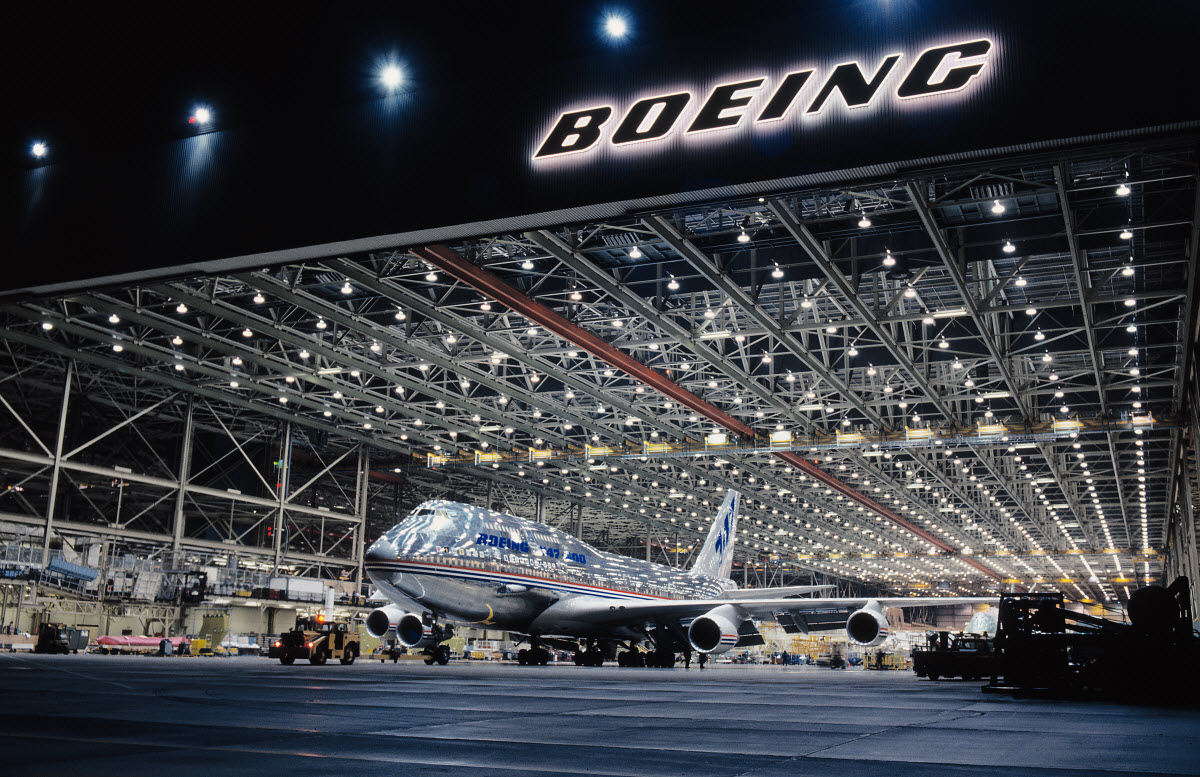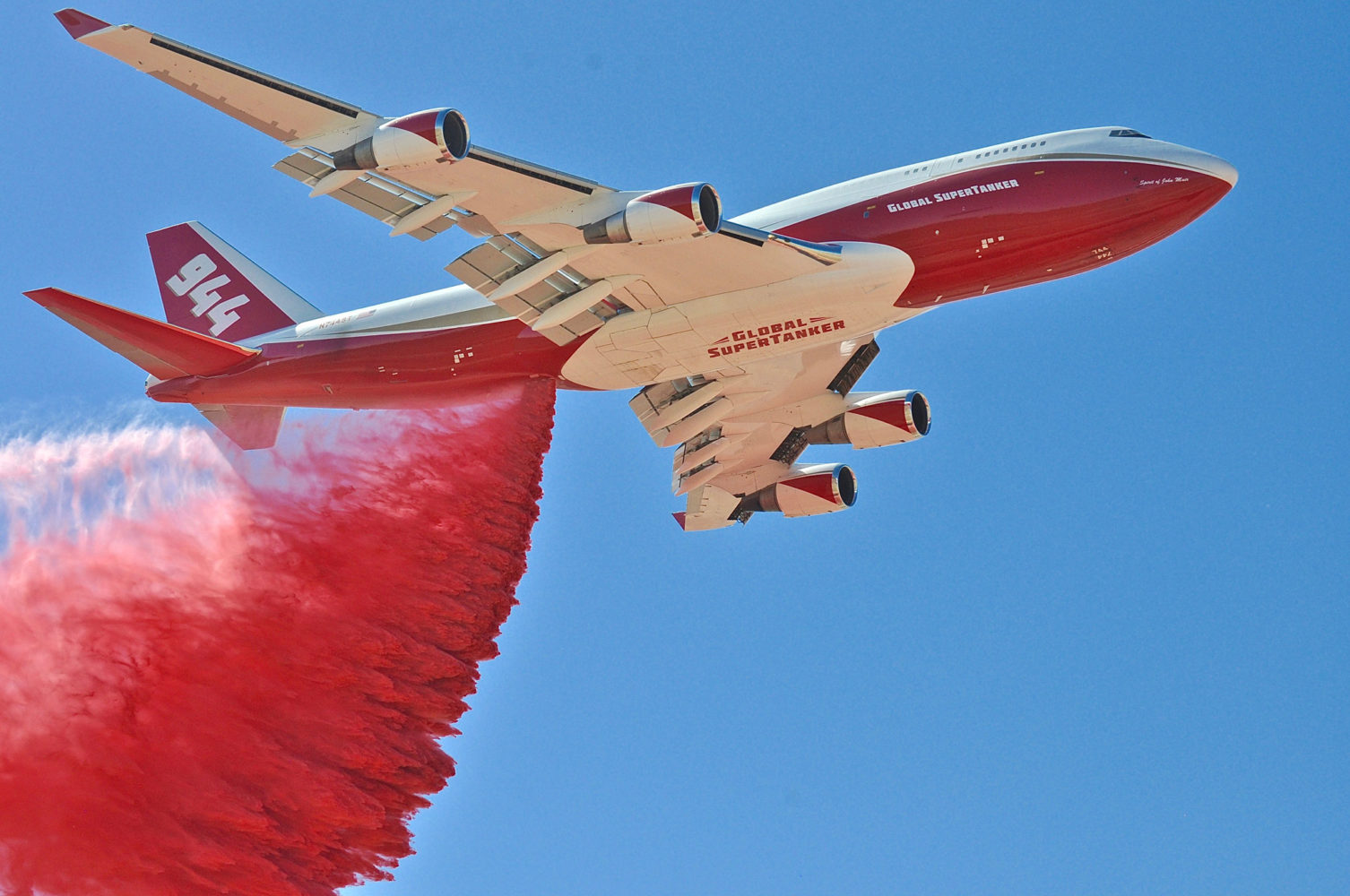50 years of the Boeing 747
On the 30th of September, 50 years ago, the very first Boeing 747 rolled out of the Boeing Everett factory in Washington. Thousands of spectators consisting of engineers, pilots, media outlets, local government officials and everyday members of the public were all there to watch the enormous aircraft touch the rays of the sun for the first time.
The 747 was part of an era that was focused on massive technological and social advancement. Aerospace giants raced to build efficient and fast aircraft and the mission to the moon was on its way. The amount of technological development in civil and military aviation is what allowed us to travel the world in an affordable manner and that’s part of the reason why the 747 has been dubbed the aircraft that shrank the world.
Initially, the Americans were investing time and money into a supersonic jet that would render subsonic aircraft useless. This changed when they realised it was too much work and money and decided to go the opposite route to the Concorde. The goal of the Boeing 747 was to fly subsonic but with a much larger volume.

It was Pan Am that talked Boeing into building a jet twice the size of the popular 707. Because of the growing popularity in air travel at the time, airports were becoming congested and the president of Pan Am, Juan Trippe, figured a larger aircraft could be used to fight this.
Design studies were initiated in 1965 when Boeing transferred Joe Sutter from the 737 team to the design study team for a new airliner which had already been given the name ‘747’. Multiple airlines around the world were interviewed and large amounts of data was collected by Boeing which was used to determine the feasibility of the aircraft and its market.
To counterattack media outlets that were saying the aircraft would be a failure due to supersonic developments, Boeing ensured the 747 would have great cargo hauling capabilities.
The first major breakthrough occurred in 1966 when Pan Am placed an order for 25 Boeing 747-100s – a deal worth $US525 million at the time. Small numbers compared to today’s rates.
Various designs were thrown around the drawing board as engineers led by Joe Sutter pushed to make an aircraft that was comfortable, efficient, cost effective and powerful looking. The following image is a collection of models that the engineers looked at.

Known as the Incredibles, Sutter’s team powered through piles of paper, maths and good taste to eventually end at the final design: The 747 as we know today.
You may have questioned the hump on on the 747. In order to allow for great cargo carrying capabilities, the cockpit was placed at the front of the upper deck to allow the longer nose cone to open up for nose cargo loading.
Development of high-bypass engines at the time is what allowed the 747 to go from a paper plane to a globally recognised aircraft. Pratt and Whitney was already in the process of developing high-bypass engines for military applications but came to an agreement with Boeing to supply a new engine called the JT9D.
Because of its shear size and hauling capabilities, airlines wanted the design of the 747 to incorporate multiple redundancy systems. Multiple hydraulic and electrical systems were added to the aircraft, dual control surfaces and a quadruple landing gear set were all part of these redundancy systems.
Boeing promised Pan Am a delivery date of 1969 and essentially bet the company financially and technically to get the aircraft developed, tested and delivered on time and with minimal problems.
Fast forward to the 30th of September, 1968, Boeing is preparing to roll the aircraft out of its custom hangar in order to be viewed by thousands of spectators. 26 airlines (all of which had ordered the type) were present at the ceremony and watched as Boeing officials gave speeches and showed off the aircraft.
First flight of the 747-100 took place on February 9th, 1969, where it went smoothly. The crew of three onboard reported the aircraft to fly incredibly well, despite a minor problem with one of the flaps and the immediate identification of the fact that it suffered a lot from “Dutch roll”.

Pushing through the flight test campaign, engineers had to scramble to resolve issues with extreme flutter. At certain speeds and flight conditions, the wings would violently oscillate along with the engines on their pylons. Adding depleted uranium to control surfaces and reducing the stiffness of wing components fixed this problem, however that wasn’t all.
Boeing encountered what we’ve been seeing a lot of today in the media: Engines issues.
The Pratt and Whitney JT9Ds were continually suffering from engine stalls, fan case distortions and blade damage. Just like we’ve seen with Airbus A320neo aircraft and their Pratt and Whitney geared engines, Boeing was forced to park aircraft with concrete blocks hanging from the pylons while Pratt and Whitney rushed to solve the issue.
First Lady of the United States, Pat Nixon, was the one designated to christen the first customer 747-100. The ceremony was held at Washington Dulles International Airport where red, white and blue water was thrown on the aircraft. Seven days later, January 22nd, 1970, the Boeing 747-100 entered service with Pan Am, flying from New York to London. Ongoing engine problems actually caused this flight to be executed a day late because of a repetitive overheat warning on one of the engines.


No major issues where identified during operation and the Incredibles were able to sit back, relax and ponder ideas for the next aircraft in the series.
The 747-200 debuted in 1971 and was a minor upgrade to the -100 model. It featured engines with a much greater thrust range and a higher MTOW, allowing for greater range or more hauling capacity.
Boeing announced the launch of the 747-300 in 1980, where it boasted a longer upper deck, higher speed, greater seating capacity and a slightly modernised cockpit.
Engine developments across the 747-200 and -300 were a major seller for airlines. With the added option of Rolls-Royce and General Electric engines, airlines were able to streamline maintenance operations across different aircraft types. The two dominant engines of the time, the Rolls-Royce RB-211 and General Electric CF-6 were both found on tri-jets of the time and the newly introduced Airbus A300 twin-engine widebody.

The 1980s was a time of computers and digitisation within the cockpit. Boeing elected to further develop the 747 by announcing the 747-400, which development started in 1985. The major breakthrough in this aircraft was the removal of the flight engineer who was previously present in all other 747 variants. A new glass cockpit and advanced avionics within the aircraft allowed for the reduction in instrumentation and human brain power. Four years later in 1989, the 747-400 entered service.

It’s likely the 747-400 is the 747 you’re familiar with because it’s the one that’s widely in service in passenger and freighter operations today. The aircraft has three engine options, consisting of the Rolls-Royce RB-211, General Electric CF-6 and the Pratt and Whitney PW4000.
FACT: In 1991, the 747-400 broke a record by carrying 1087 passengers as part of Operation Solomon…
The likely final and the most current edition of the 747 is the 747-8 Intercontinental and the 747-8 Freighter. Boeing felt a slight bit of pressure when Airbus entered the very large aircraft market with the A380 in the early 2000s. The 747-8 is powered by four General Electric GEnx engines which are the sole engine for the type – a different scenario compared to previous 747 models.

Cockpit technology is vastly based of the 747-400 but features some additional utilities as found on the 787 Dreamliner.
As mentioned, the 747-8 is likely the last of the 747. The Freighter model is doing alright but lack of sales and almost no demand for passenger frames means Boeing is choosing to reduce production to less than six aircraft per month.
The final 747 is expected to roll off the assembly line in the early 2020s if there are no additional orders.
Of course there are the other 747 variants that existed such as the 747SP, VC-25 (commonly known as Air Force One), the Shuttle Carrier, Super Tanker and the Dreamlifter. Rather than write about those, here are some images:





Big plane, little planet
The Boeing 747 “Queen of the Skies” is one of the most important advances in commerical aviation. The design pushed for great technological advancement, leading to extremely efficient air travel at affordable costs and in decent comfort too! What was once seen as a big world in a small plane, the 747 allowed large amounts of passengers and cargo to connect to new destinations due to its incredible range. Essentially the aircraft shrank the world.
Pilots, flight attendants and passengers praise the aircraft for its incredibly spacious and quiet interiors and safety. Although there were a few accidents, the 747 has proven to be an extremely safe and reliable aircraft over its lifetime. Airlines such as KLM, Lufthansa, Qantas, British Airways and Korean Air all heavily rely on the aircraft to get passengers to their destinations in style and the legacy has lived on. The aircraft is recognised by everyone, no matter if they are an aviation enthusiast or not, as the Queen of the Skies.
Although passenger frames are reducing each month, for many more years to come, the Boeing 747 Freighter will continue to dominate freight terminals within major hubs around the world. Come Christmas time and your online purchase will have likely travelled on a 747 Freighter across the seas.
It’s definitely sad to see an icon slowly disappear from the passenger market, but the future is bright with jets like the A350 and 787 that offer unprecedented comfort and efficiency. The 747 will remain in our hearts whether we like it or not but all good things have to come to an end. All we can do is enjoy whats left of this jet composed by the Incredibles!
Here are some of Sam’s 747 trip reports over the past couple of years:
United Airlines 747-400 Retirement
Korean Air 747-8 First Class
Lufthansa 747-8 First Class
QANTAS B747-400 Sydney to Johannesburg
Inside the Newest B747 mock-up
Iran Air B747-SP
Iran Air B747-200
Singapore Airlines B747-400
Cathay Pacific B747-400
As a bonus, feel free to comment your most memorable 747 experience below. I’m curious to hear about your 747 stories!




